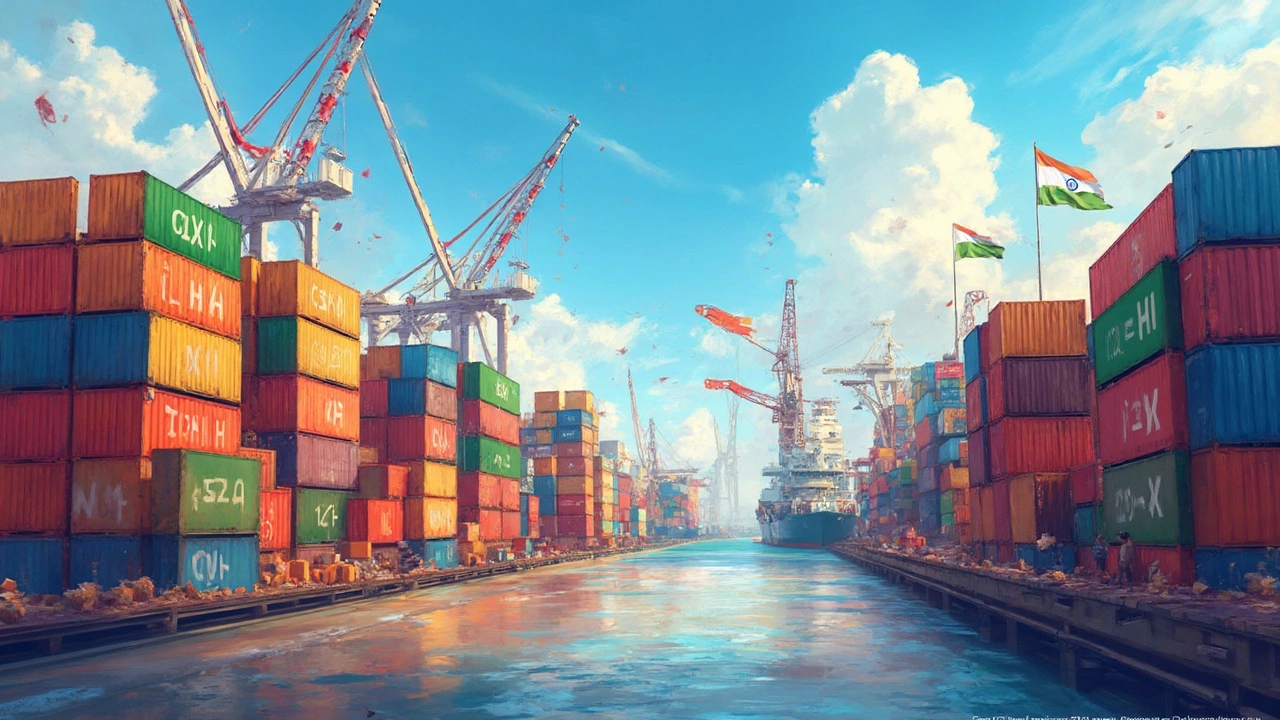Chemical Products: What’s Hot in India’s Manufacturing Scene
India’s factories rely on a steady flow of chemicals – from basic polymers to specialty additives. If you’re sourcing, selling, or just curious, knowing which products are moving fastest can save time and money. Below we break down the biggest trends, where the world’s leading exporters sit, and a few easy tips for handling chemicals safely.
Top Chemicals in Demand for 2025
Industry reports show that polymers like polyethylene and polypropylene remain the backbone of packaging and automotive parts. At the same time, specialty chemicals such as epoxy resins, high‑performance solvents, and pharmaceutical intermediates are seeing a sharp rise. The surge is driven by growing demand for lightweight vehicles, renewable‑energy components, and more complex medical devices. If you’re a buyer, focus on suppliers who can guarantee consistent quality and traceability – any hiccup in purity can stall an entire production line.
India’s Position in Global Chemical Exports
India ranks among the top ten chemical exporters worldwide, with a strong foothold in dyes, petrochemicals, and inorganic compounds. The country’s export value jumped over 12% last year, thanks to competitive labor costs and government incentives for export‑orientated units. However, success isn’t just about price; meeting international standards like REACH and ISO 9001 is now a baseline requirement. Companies that invest in certification often win larger contracts abroad.
When you’re choosing a supplier, check their compliance records early. A simple request for a recent audit report can reveal a lot about their commitment to safety and environmental norms. Many Indian manufacturers now offer on‑site sampling, so you can test a batch before committing to a full order.
Logistics play a big role, too. Chemical shipments require proper containerization, temperature control, and documented handling procedures. Working with a freight forwarder who specializes in hazardous goods reduces the risk of delays at customs. Remember, a smooth customs clearance can shave days off your lead time and keep production schedules intact.
For small‑scale producers, buying in micro‑batches can cut inventory costs and limit waste. Several Indian distributors now provide flexible minimum order quantities, allowing startups to experiment with new formulations without tying up capital. Pair this approach with a clear specification sheet, and you’ll avoid the common pitfalls of over‑ordering.
Environmental concerns are reshaping the market as well. Green chemistry initiatives push for bio‑based alternatives to traditional solvents and plastics. If your brand markets sustainable products, sourcing certified bio‑polymers can be a strong selling point. Keep an eye on the emerging list of ‘green’ chemicals approved by the Ministry of Chemicals and Fertilizers – being an early adopter can give you a competitive edge.
Finally, stay updated with policy changes. The Indian government frequently updates export incentives, GST rates, and safety regulations. Subscribing to industry newsletters or joining local chemical associations can keep you informed without spending hours on research.
In short, the chemical products landscape in India is vibrant and evolving fast. By focusing on demand‑driven chemicals, verifying supplier compliance, optimizing logistics, and embracing sustainability, you can navigate the market with confidence and keep your manufacturing line running smoothly.

India's Chemical Export Industry: A Closer Look
India's chemical export industry is booming, with diverse products reaching global markets. From organic chemicals to specialty items, the sector plays a key role in India's economy. This article explores the major chemicals India exports, the dynamics of its export market, and interesting facts on how these products impact global industries. Understanding these can benefit international trade partners and potential investors.
Read More